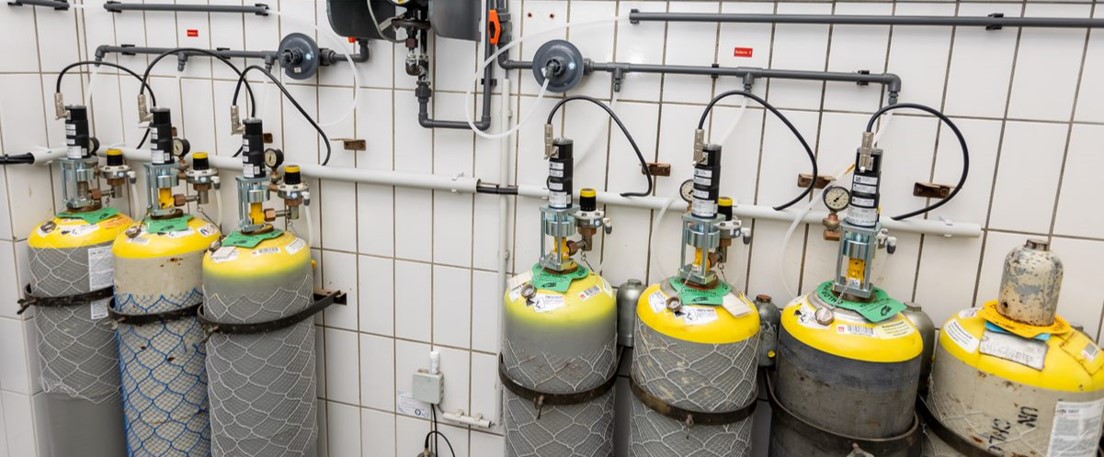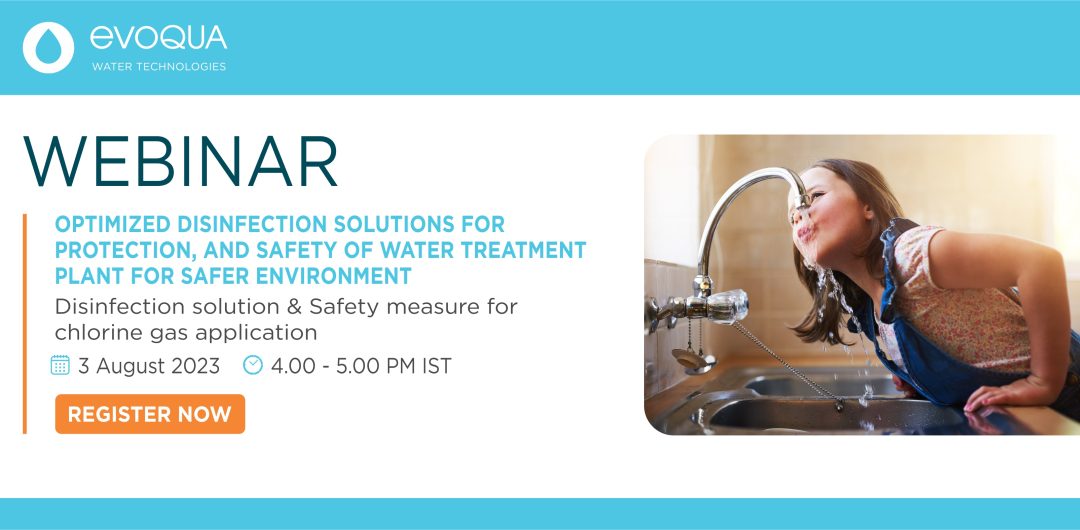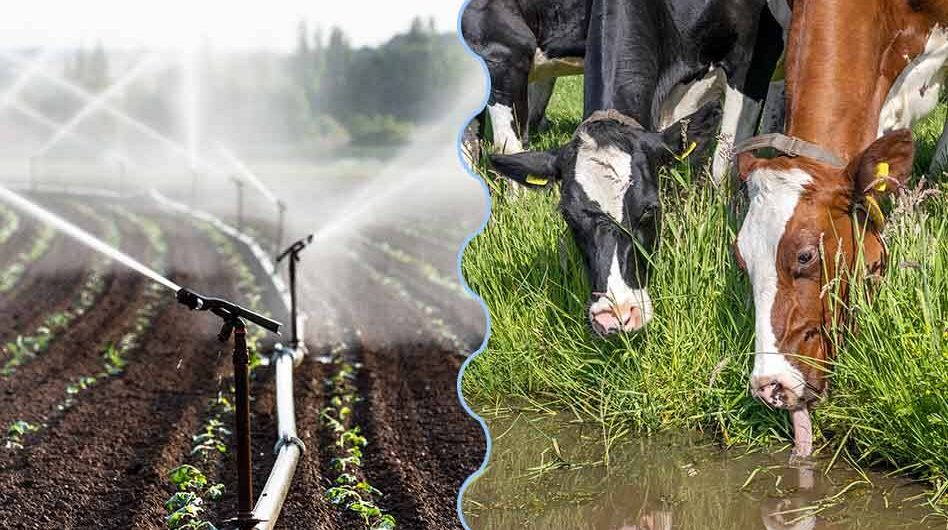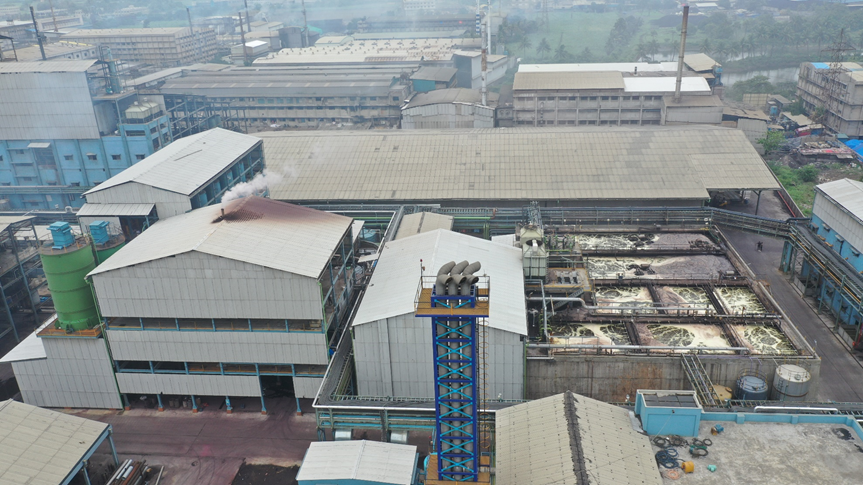Taking Control of Chlorine Gas Containers Safety
Potentially hazardous releases due to chlorine gas leaks have been a crucial social issue in India, with many major cases reported from the water treatment plant (WTP). Chlorine gas is one of the highly toxic gases, when brought into human contact which will lead to severe complications. And when bought in contact with the environment it can easily pollute and directly enter the human respiratory system. It is important that an adequate emergency response (ERP) with safety and industrial hygiene resources are set in place to deal with Chlorine gas leak incidents.
Chlorine is one of the heavily used chemicals for disinfection purposes in industries worldwide and is highly hazardous. The biggest challenge is the storage of this hazardous chemical which requires highly competent and experienced professionals to ensure safety. Yet recently there have been many chlorine gas leak incidents across India from the process plants industries.
From lessons drawn from root-cause analyses, we cannot merely consider the preventative measures to ensure safety. A timely well-defined method with a proper emergency response must be implemented when an upset situation occurs. Immediate and appropriate response to avoid disasters is essential to minimize the loss of life and severity of incidents like the Bhopal & Uttarakhand water treatment plant chlorine gas leak incident which shook the nation. Establishing an adequate ERP to deal with hazardous chemical incidents has been a common concern throughout the world. Many laws and regulations have been announced that require careful management of toxic chemicals. The Environmental Protection Agency (EPA) gained regulatory authority from TSCA (Toxic Substances Control Act) over handling the chemical substances that carry an unreasonable risk of injury to health or the environment and chlorine falls under the TSCA. As per Indian standards and IS:10553 – 1983, guidelines are provided which require special care for handling chlorination equipment and apply to all chlorine plants which includes handling, storage, and safety of chlorine cylinders and drums.
Chlorine gas has been classified as the third-category toxic material. The physical properties of chlorine gas indicates that it is a dense gas as demonstrated below:
| Cl2 | Chlorine gas |
| Density | 3.2 g/L @ standard Temperature and Pressure |
It is two and a half times heavier than air. This heavy gas can also get accumulated at ground level, and an unexpected release of this exceeding its threshold value might ultimately cause human injury. Furthermore, although the color of chlorine gas is yellow green, a minor leak might not be easily detected. The effect of chlorine gas concentration on humans based on permissible exposure level as per the OSHA(Occupational Safety And Health Administration) / EPA data is given below:
OSHA/EPA Data:
| Allowed Permissible Exposure Level (PEL): | 0.5 ppm/v – 1st degree exposure doesn’t need ERP |
| Short Term Exposure Limit (STEL) 15 minutes: | 1.0 ppm/v – 2nd degree exposure May require ERP |
| Immediately Dangerous to Life or Health (IDLH): | 50 ppm/v – 3rd Degree exposure needs immediate ERP |
The danger of chlorine gas is evident. Today, many of the water treatment plants are practicing emergency response drills to avoid any damages caused by chlorine gas leakage, and many control measures are set in place to control such unexpected incidences.
But, Considering the risk associated with the chlorine gas leakage, are Emergency Drills/ERPG’s (Emergency Response Planning Guidelines) and Control Measures enough to avoid such unprecedented events?
Emergency ESD
With advanced technology, plants can take further action to protect employees and the wider population. The automatic ESD for chlorine gas applications ensures the immediate closure of a connected chlorine gas source in the event of a gas leak. The device works in connection with a chlorine gas warning device and provides additional safety for the operating personnel by mounting on the chlorine gas containers. It can be easily installed on the chlorine gas valve of each storage tank and is controlled from a standardized electrical control cabinet.
The chlorine gas valve automatically closes upon receipt of a closure signal and features an auto test button which enables you to test the function of each connected valve prior to leaving an unmanned site. A battery integrated in the control cabinet ensures the function even in the event of a power failure. In addition, the ESD can be triggered manually on the control cabinet located outside the storage room using the emergency switch. After securing the environment and eliminating a possible leak, a trained operator must manually re-open the chlorine gas valves.
Evoqua’s Wallace & Tiernan® Emergency Shut-off Drive (ESD): Efficiency & Performance
Evoqua’s Wallace & Tiernan® Emergency ESD is the additional safety measure for chlorine gas application which reliably closes the chlorine gas valves within three seconds. Importantly, this reduces the total possible chlorine leakage time.
Fast Closing Valves:
Working in connection with a chlorine gas warning device, Wallace & Tiernan Systems offer the GMS plus system. The electric drive is attached directly to the main valve of a gas container and is easy to handle to allow for a quick container change. The system is easy to install and can be retrofitted to existing installations at any time. The central control system features a plain text display screen and an emergency stop button for the immediate closure of the main valves. Connection options for a gas warning device and an external emergency stop button are available, in addition to alarm outputs for further transmission. The display screen provides the status of all valves.
Features
- Direct cylinder mounting – with or without vacuum regulator
- Multi-cylinder S/O system with single control panel
- Integral 24-hour battery back unit
- Alarm on low battery
- Multicolor display with touch screen
- Data exchange via Modbus TCP & optional Profibus DP
- 1 potential free input from gas warning system
- 1 potential free input from external emergency stop button
- 4Relay Output for Alarm -Hard wired
a) Mains A/C failure
b) System Error
c) Battery Low
d) Emergency Close - Actuation of the test mode
Benefits
- Increased security of chlorine gas plant & surrounding locality
- Quick closing valves, reducing total possible leakage
- Adjustable closing torque ensures the correct, secure closure is achieved
- Simple assembly on new or existing chlorine cylinders
- Wall mounting bracket for removal when changing bottles
- Compact installation with savings on plant footprint
- Shut-off valves in accordance with DIN 19606: 2020:01 standard
- Minimum maintenance components
- Meets with Cl Institute guidelines
- Wallace & Tiernan Quality Product
For more information on Evoqua’s ESD product and other W&T® product, you can get in touch with Kunwar.singh@evoqua.com / Remya.surendiran@evopqua.com or visit here – www.evoqua.com






